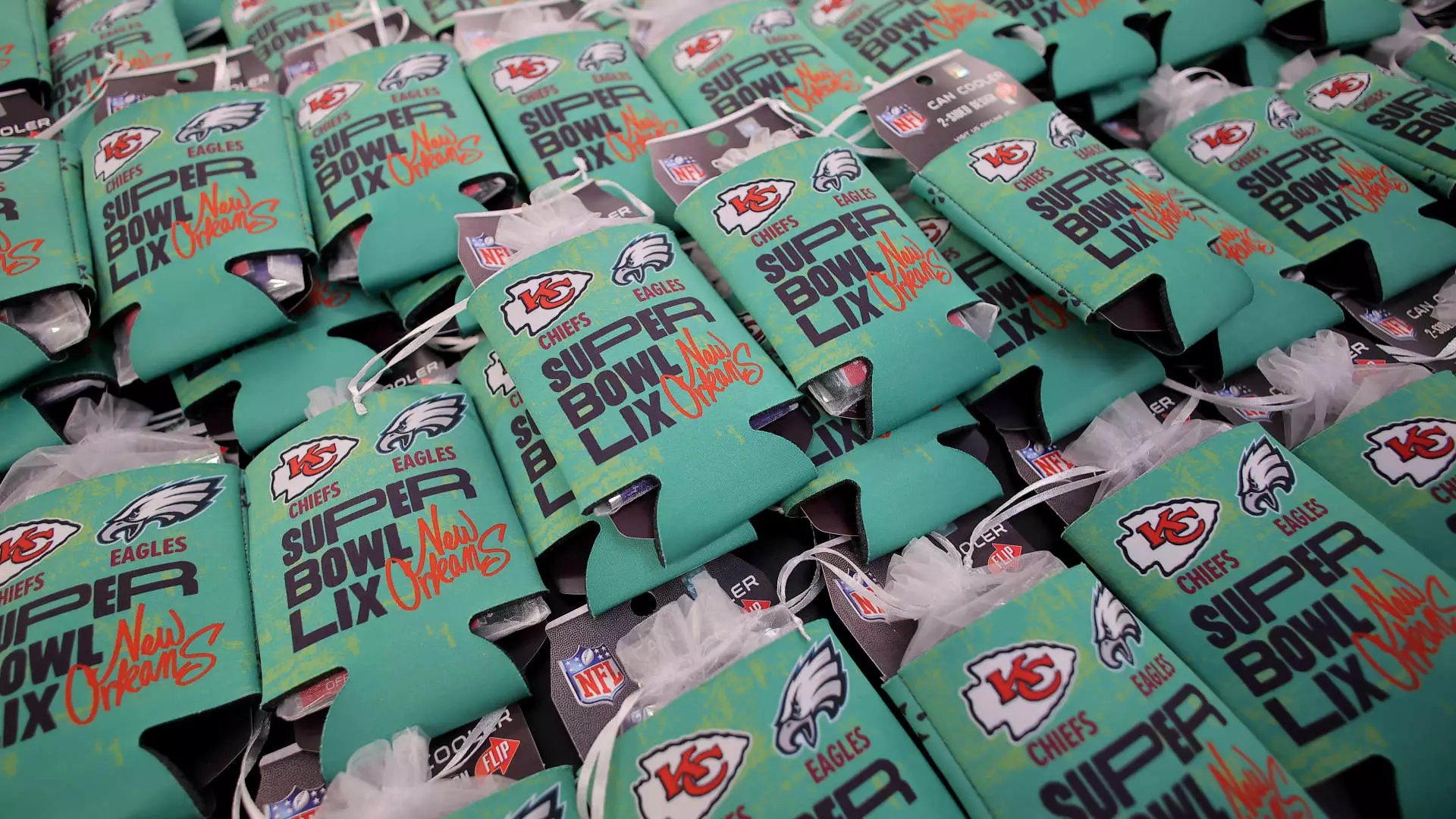The Super Bowl, heralded as one of the most significant events in American sports broadcasting, has retained its status as a prime venue for advertising. As advertisers pay exorbitant fees—up to $8 million for a single commercial spot—the discussion surrounding the effectiveness and relevance of such expenditures continues to evolve. Despite a shifting media landscape, marked by the rise of digital advertising and social media, the Super Bowl remains a focal point for brands eager to tap into its massive viewership. Yet, the question remains: is this obsession with traditional advertising during the Super Bowl sustainable, or are advertisers merely clinging to a model that is nearing its end?
Recent statistics indicate that the Super Bowl draws an audience of over 100 million viewers at once, making it one of the most potent platforms for reaching potential customers. This figure persists despite the increasing fragmentation of media consumption in America. Many industry experts argue the event still holds incredible value; Amy Leifer, chief advertising sales officer at DirecTV, emphasized that the Super Bowl is one of the scant opportunities to connect with a concentrated audience—a feat that traditional television still excels at.
Last year’s game amassed around 123 million viewers, generating approximately $550 million in ad revenue through in-game placements alone. While other media channels are experiencing a decline in ad spending due to a shifting consumer focus toward streaming platforms, live sports continue to draw lucrative advertising dollars. Why is it that traditional television retains its allure even as new media emerges? The answer appears to circle back to the effectiveness measured by viewer engagement and immediate brand recognition that a blockbuster event like the Super Bowl delivers.
Even as the overall ad market moderates following a slowdown, industries linked to live sports broadcasting are enjoying a unique advantage. Given their ability to attract substantial audiences during significant events, networks broadcasting sports can demand a higher premium for advertising slots compared to their counterparts lacking live programming. According to EDO, the Super Bowl is roughly three times as effective as standard primetime programming for advertisers. Engagement statistics suggest that a single Super Bowl ad could equate to about 450 ads concentrated in primetime television slots in terms of viewer interaction.
One illustrative case is Kia’s launch of its EV6 during the Super Bowl in 2022. Such product launches can lead to enduring consumer interactions, often translating to increased online searches and interest in the brand long after the commercial has aired. Moreover, localized advertising campaigns, although lower in cost, still experience significant engagement boosts when executed during this high-stakes game.
The strategic placement of a commercial during the event is crucial. Experts argue that brands must tailor their ads not only to capitalize on viewership metrics but also to align their messaging with consumer engagement patterns. For example, portions of the Super Bowl audience tend to be more drawn to the Halftime show than the game itself. Understanding these nuances could greatly enhance the outcomes for brands aiming for impactful advertising.
Moreover, the incursion of social media throughout the event complicates traditional advertising strategies. During the game, viewers frequently turn to platforms like Twitter and Instagram, inviting brands to amplify their messages beyond mere broadcast. As Andre Banks, founder of NewWorld, suggests, optimizing for second-screen engagement could open new avenues for advertisers looking to maximize their reach.
However, despite the Super Bowl’s existing prowess, some experts voice skepticism regarding the long-term sustainability of overt reliance on traditional advertising. Shoshana Winter, CEO of Converge, critiques the prevailing notion that television remains the most effective advertising medium. She proposes that focusing solely on the Super Bowl reflects a broader concern about dwindling spaces where a large, captive audience can be engaged via broadcast.
As digital ad spending is projected to outpace traditional media, with estimates peaking at $813.3 billion globally for digital platforms by 2025, the advertising landscape is undoubtedly altering. The rise of tech-driven platforms that prioritize targeted and interactive advertising raises concerns about the future relevance of traditional formats like Super Bowl commercials. To remain competitive, brands may need to reconsider their advertising strategies and explore how to engage consumers across multiple channels effectively.
While the Super Bowl remains a significant platform for advertisers, the genesis of a digital-first advertising strategy may signal a shift in how brands cultivate their audiences. As engagement metrics evolve and digital platforms grow more prominent, the age of traditional television advertising may soon encounter its reckoning. The critical question for brands is not merely how to spend their marketing dollars during this marquee event but how best to adapt to an ever-changing media ecosystem.

